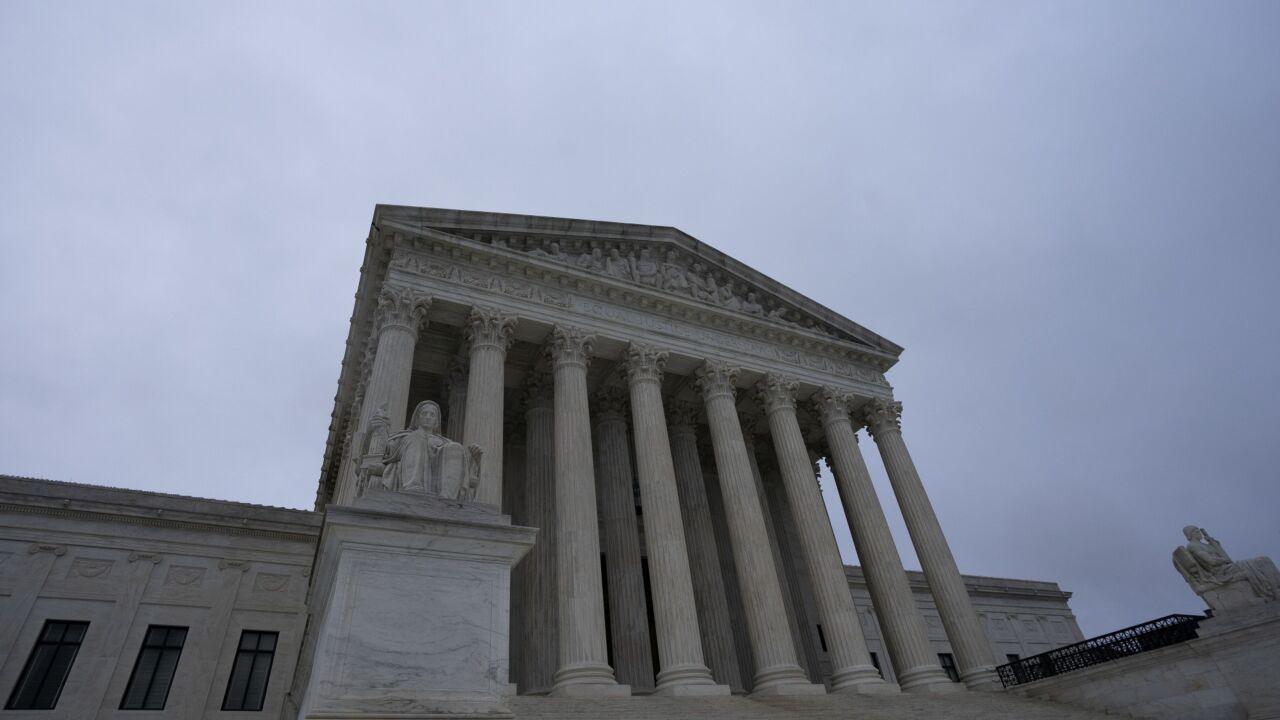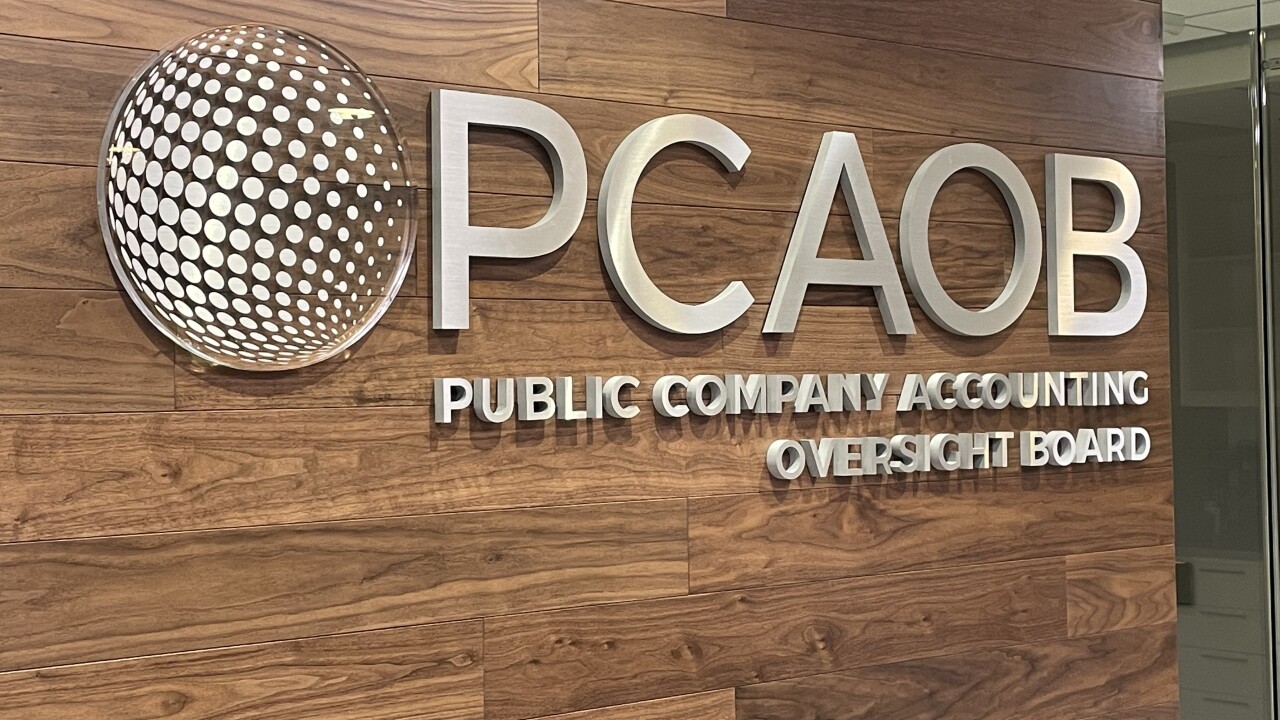Stanford University faces as much as $43 million in taxes under a new levy on college endowments included in President Donald Trump’s tax overhaul, the first time private colleges will pay such a fee.
The provision, which was passed as part of the Republican tax bill in December 2017, affects about 30 wealthy schools including Stanford — the third-richest U.S. private college with an endowment of $27.7 billion. The California-based college estimated it will eventually pay the more than $40 million figure on both realized and unrealized capital gains for fiscal 2019, according to an emailed statement from the university.
Stanford’s multimillion-dollar tab shows how the levy — designed to offset cuts elsewhere — may hit the richest U.S. colleges. It includes a 1.4 percent tax on net investment income and affects schools with more than $500,000 in endowment assets per student. The Congressional Budget Office had estimated the tax will raise $200 million annually.

Harvard University, the richest school with an endowment of almost $40 billion, expects to pay about $38 million on its net investment income, which includes earnings from endowment investments. The estimate includes the tax on unrealized gains, which will be paid in future years.
“It’s an unhealthy precedent,” Cristian Tiu, an associate professor of finance at the University of Buffalo, said in a telephone interview. “It may have the potential to affect quite a few things in the long term such as budgeting, charitable giving and the propensity of the government to think of even more taxes for endowments.”
College endowments have seen lower investment returns in recent years, which may be another blow to those caught up in the tax.
Schools generally seek to earn at least 7 percent annually to account for spending rates of 4 percent to 5 percent plus inflation. The returns help fund professor salaries and financial aid. Endowments on average gained 5.3 percent for fiscal 2019, the first year that the tax applies. That’s the lowest performance since 2016.
Stanford and Harvard both returned 6.5 percent for the fiscal year, down from 11.3 percent and 10 percent, respectively, in 2018.
The schools are still waiting for guidance from the Internal Revenue Service about how to calculate their payments. Stanford and Harvard determined the estimated payments after they closed their fiscal years, but those could still change. Most colleges finish their fiscal years on June 30.
Colleges will have to indicate if they paid the levy on their annual 990 tax forms. They won’t be required to disclose the amount publicly, according to an IRS spokesman.





